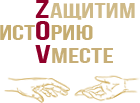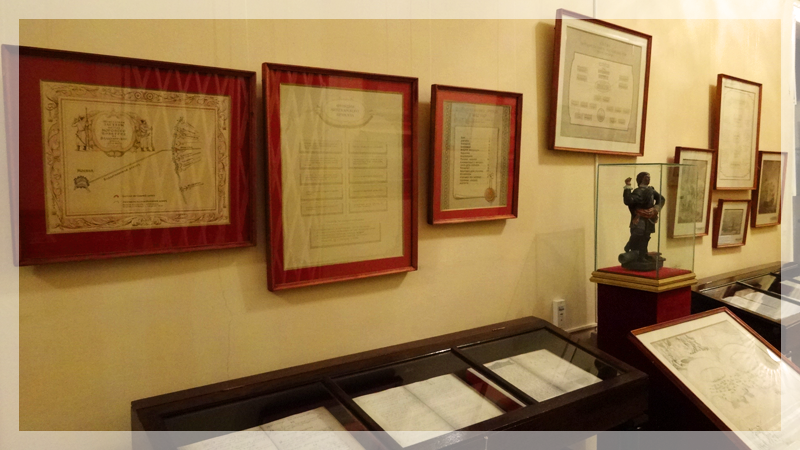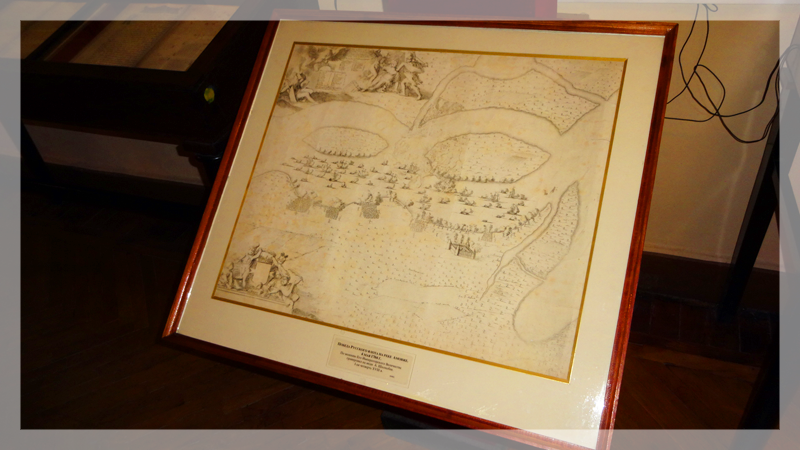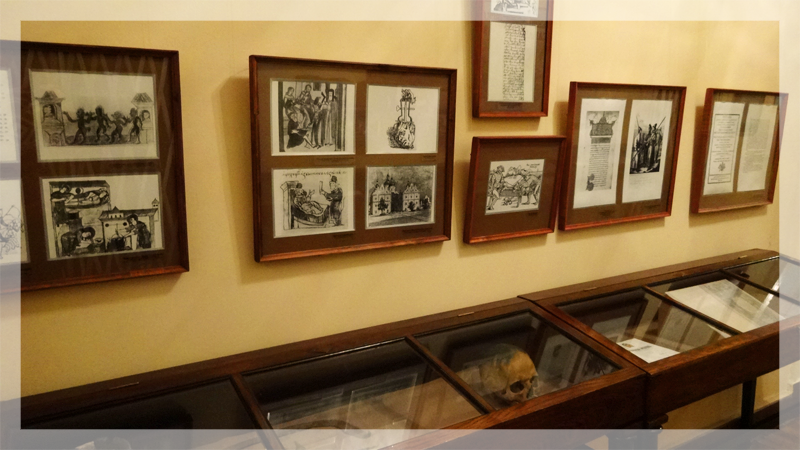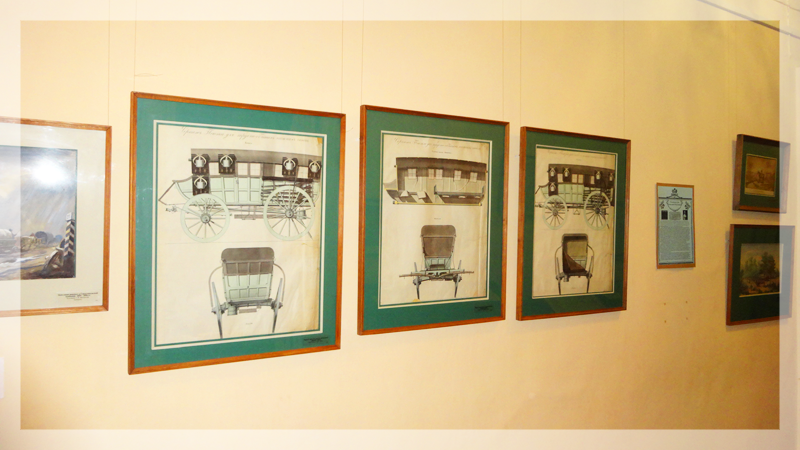Here are the first Russian medical books - handwritten medical manuals, widely used not only by doctors (folk healers), but also by officially recognized doctors and healers of the Pharmacy order. The most famous among the medical manuscripts of that time were "Prohladnyy vertograd". It dates back to 1672, was rewritten many times and served as a handbook for teaching medical students and training regimental doctors. The book has 340 chapters, which provide information of various properties, to one degree or another related to medicine.
The next exhibition complex refers to the era of Peter the Great, his role in completing the creation of the Russian regular army and Navy and their medical service, and also reveals the features of medical support for the army and Navy during the Northern war and other campaigns of the first half of the XVIII century.
The functions of the Pharmacy order, which was in charge of court military medicine, were being improved. One of his main duties was to manage the medical support of the Russian army in peacetime and wartime (in 1707 it was renamed the Pharmacy's office, and in 1721 – the Medical College).
The head of this body of management of medical affairs in Russia was appointed « archiator and President of the tsarist court Chancery and the entire medical faculty of the Empire."
In the same period of time, the first permanent (indispensable) military hospitals appeared in Russia: Moscow land hospital, St. Petersburg Admiralty, St. Petersburg land hospital, Kronstadt and revel Admiralty, etc. (10 hospitals in total).
Almost simultaneously with the creation of permanent military hospitals, they began to open hospital schools for medical staff training.
The presence of medical ranks in the Russian army in 1711 was officially confirmed by the States. According to them, the army had to have company barbers, sub-doctors, regimental doctors, divisional doctors, and a doctor under the commander-in-chief.
In 1733 In St. Petersburg and Moscow was established the first bodies of management of the municipal health - physicat(medical facility) . In addition, in the cities of Central Russia in 1737, permanent doctors were introduced "for the use of ordinary people and their diseases". The creation of physicats and the service of city doctors was an important stage in the development of state medicine in Russia.
Doctors from Germany, Austria, England and other European countries, as well as their descendants who linked their fate with the fate of Russia, made a significant contribution to the formation and development of Russian medicine. Doctors of foreign origin, especially in the XVIII – early XIX century., made up a significant part of the representatives of Russian medicine. Most of them, having accepted Russian citizenship, faithfully served their new homeland, rightly considering themselves true Russian citizens, only retaining foreign surnames.
One of the first foreign experts, who connected their lives with Russia, was Nicolaas Bidloo. Having arrived in Russia in 1702 at the personal invitation of Peter I, Nicolaas Bidloo was immediately appointed the Tsar's life doctor. The first years of Nicolaas Bidloo is constantly under Peter I. But already at this time, he founded the anatomical theater, which was often visited by Peter I. Soon by decree of Peter I Nicolaas Bidloo headed the Moscow hospital, and at the same time became the Director of the hospital school, where he trained future doctors. In his studies, Nicolaas Bidloo made extensive use of the anatomical Atlas of his uncle, Godfrey Bidloo, which he brought with him to Russia.
Among the scientists of the XIX–XX centuries, the exhibition presents the anatomist and teacher Wenzel Gruber, who came to Russia at the invitation of Nikolay Pirogov and doctor of surgery, Professor Peter Lesgaft - the author of the theory of physical education, which is based on the principle of unity of physical and mental development. Here you can see portraits of Nicolas Arendt, Laurentius Blumentrost, Panagiotis Kondoidis and James Mounsey.
The exhibition also presents drawings of the first ambulance coaches - the predecessors of ambulance cars.
